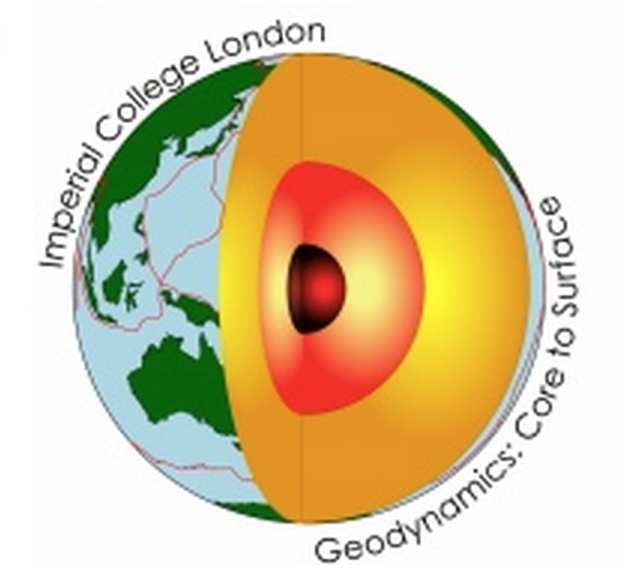
The Imperial College Geodynamics: Core to Surface research group uses a combination of experimental observation, data visualisation and numerical modelling to study a wide range of problems in the solid Earth from the core to the surface.
The group currently numbers 8 staff, 8 post-doctoral researchers and 16 PhD Students. For more information on group members see People.
Current research themes include surface processes; the quaternary history of the NW European shelf; rifting of continental lithosphere and mantle plumes; subduction dynamics and the magnetic field.
We are one of the groups within the Earth & Planets section of the Department of Earth Science and Engineering, Imperial College London.
Current Research Themes
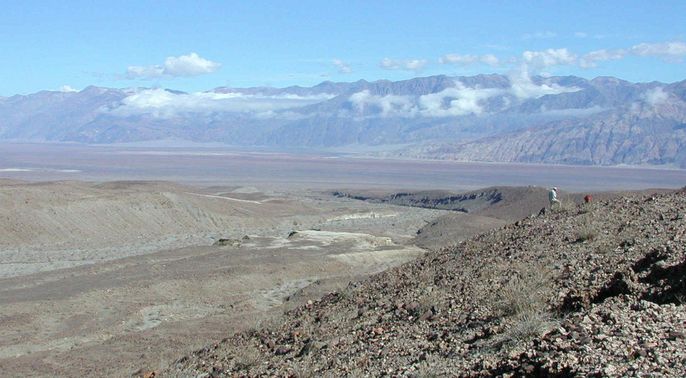
Surface Processes
Planetary surfaces responds to external forcing (climate) and internal forcing (tectonics) in the long-term evolution of its erosional and depositional landscapes, which are connected by sediment fluxes. Extraction from surface sediment fluxes builds the stratigraphy of sedimentary basins. Erosional and depositional areas are connected in the sediment routing system. The group are also involved in submarine mapping of landscapes, and in particular the inter-relationship between seabed sediment properties and benthic biology.
Projects within this theme include:
Continental sediment routing (Allen)
Continental shelf processes (Collier)
Deep-sea sediment routing (Lonergan)
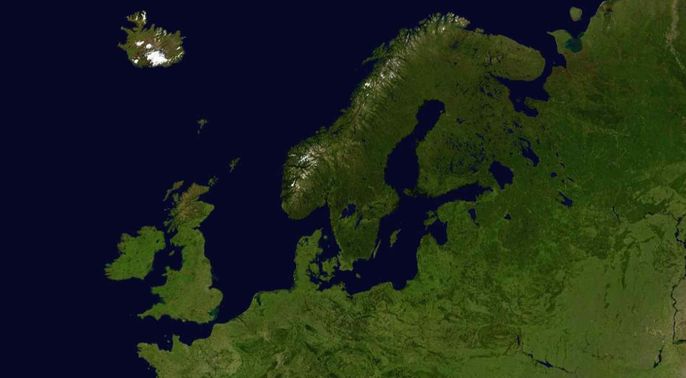
Quaternary history of the NW European Shelf
The group has been using novel approaches to study the Quaternary glacial history of the the North Sea, Dover Strait and English Channel. One of our research highlights has been to provide evidence for repeated advance and retreat of the NW European ice sheets since the middle Pleistocene, and that terrestrial ice-sheet advances in the North Sea can be matched in number with the cold events recorded in oceanic and/or ice-core proxies of climate change over the past 500 k.y. A second highlight has been discovery of the breaching of the Straits of Dover by catastrophic overspill of a lake in the southern North Sea. This event resulted in the geographical isolation of Britain from continental Europe.
Projects within this theme include:
Ice sheet evolution (Lonergan)
Island Britain: application of shelf bathymetry (Collier, Gupta)
rifting and subduction
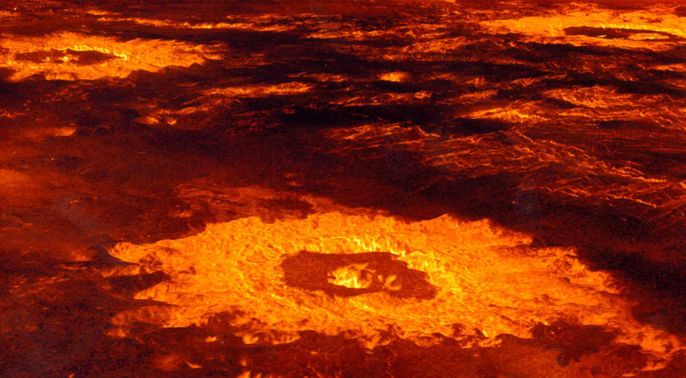
Rifting & mantle plume dynamics
The group have been involved in several international experiments to study continental rifting, both at active sites (East Africa) and at passive margins (conjugate Seychelles-Indian margins). These experiments have involved both passive and controlled source seismology. The group also studies the structure of mature continents and mantle plumes, through the inversion of seismic velocity to thermo-chemical properties.
Projects within this theme include:
Continental break-up and volcanic passive margins (Collier, Lonergan)
Deep structure below East Africa (Bastow, Hammond, Goes)
Properties of continental lithosphere (Bastow, Goes)
Dynamical modelling of mantle plumes and comparison with seismic observations (Goes)
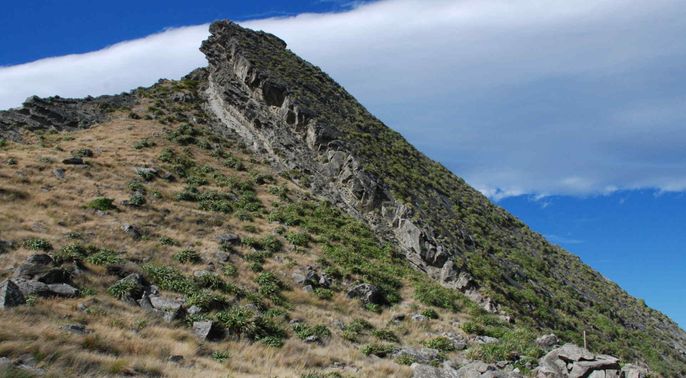
Subduction dynamics
The group has been involved in making geophysical and geochemical observations as well as numerical modelling to obtain a better understanding of subduction dynamics and its effect on the surface (plate motions, volcanism, earthquakes).
Projects within this theme include:
VoiLA: volatile recycling at the Antilles subduction zone (Collier, Goes, Wilkinson)
Subduction dynamics (Goes)
the core, about the group
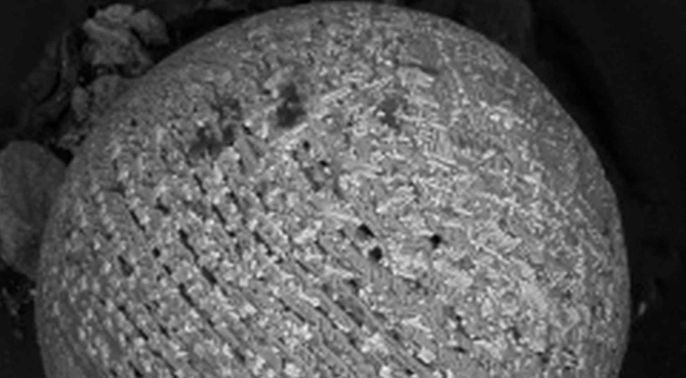
The core and its magnetic field
The group runs a palaeomagnetic laboratory in which measurements are taken to address a range of topics relating to the Earth's core and its magnetic field. Topics of study include geomagnetic field variation, meteorites and dating cataclysmic events.
Further information (Muxworthy)
